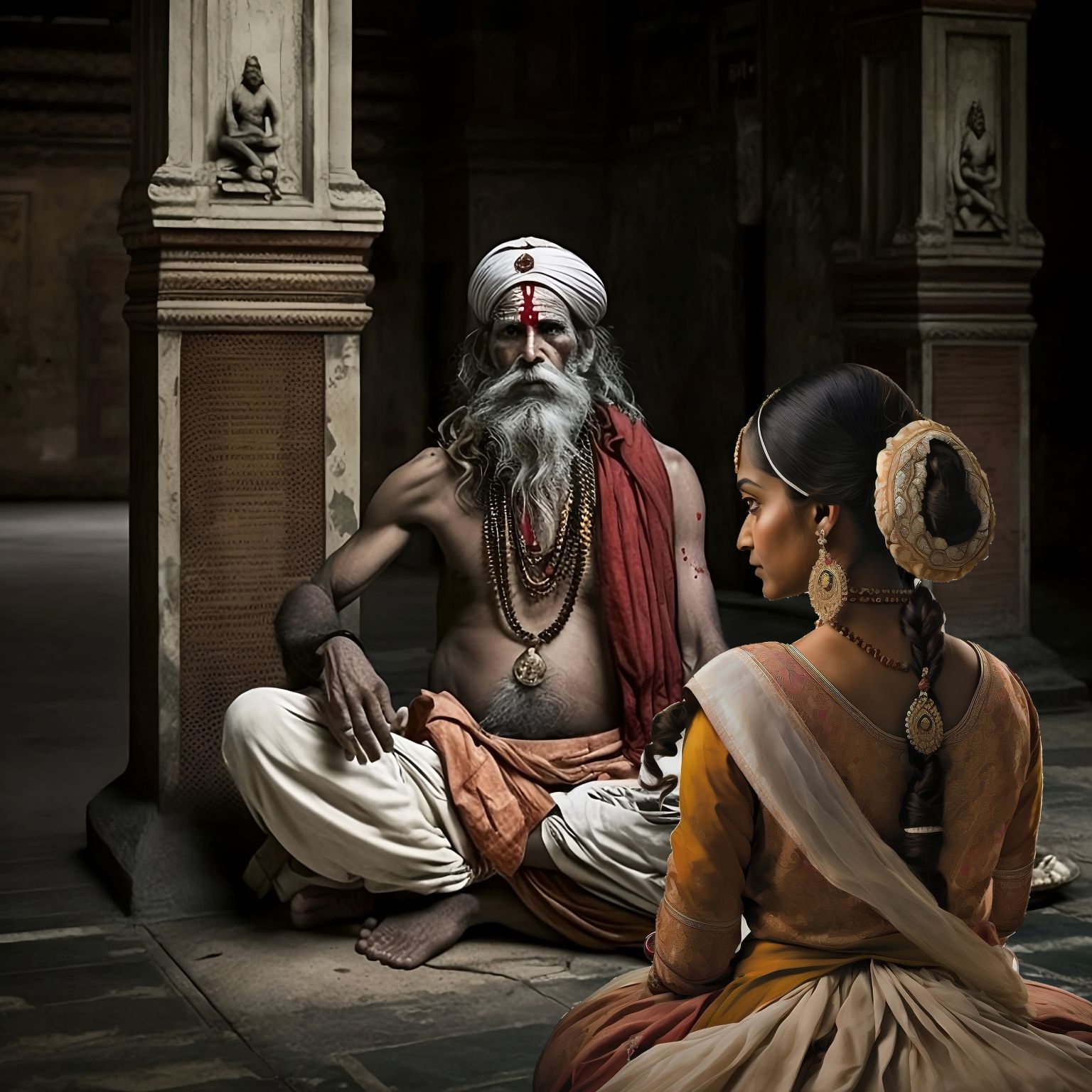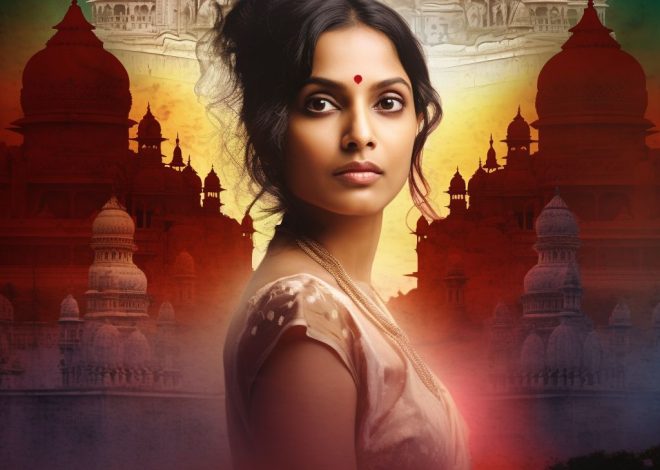
Shastrarth, which literally means “debate on scriptures,”….
Shastrarth, which literally means “debate on scriptures,” was a popular method of discourse in ancient India. It was a way for scholars to engage in intellectual debates and discussions on various philosophical and religious topics, often using scriptural texts as a basis for their arguments.
Shastrarth was a common practice among scholars and religious leaders. It was considered a means of acquiring knowledge and understanding and was often used to settle disputes and disagreements between different schools of thought.
Shastrarth was not limited to religious and philosophical topics. It was also used to discuss social and political issues. Chanakya engaged in several debates on the nature of power and governance, which were recorded in his seminal work, the Arthashastra.
The Yagnavalkya vs Gargi Shastrarth dispute took place in the court of King Janaka of Videha between the sage Yagnavalkya and the Princess Gargi. The discussion centered on the essence of Brahm, the ultimate reality.
Gargi was a wise woman who knew her way around the Vedas. Yagnavalkya was challenged to explain the nature of Brahm. Yagnavalkya began by stating that Brahm is the origin of all things. He claimed that Brahm is a spiritual power rather than a physical being. He also stated that Brahm exists outside of time, space, and matter.
Yagnavalkya’s answer did not satisfy Gargi. She questioned how, since Brahm is not a corporeal creature, it can be the source of all creation. Brahm, according to Yagnavalkya, is the source of all creation because it is the source of all energy. He stated that Brahm is the energy that gives all things life.
Gargi persisted in questioning Yagnavalkya. She questioned him how, since Brahm is the source of all energy, it can exist outside of time, space, and matter. Yagnavalkya responded that because Brahm is everlasting, it transcends time, space, and matter. He claimed that Brahm is the only thing that has ever existed and will ever exist.
Yagnavalkya’s explanation ultimately satisfied Gargi.
The dispute between Yagnavalkya and Gargi is a well-known example of ancient India’s intellectual and spiritual debates. It serves as a reminder that the pursuit of knowledge is a lifetime endeavor, with always more to learn. The argument also emphasizes the significance of women in Indian society, as Gargi was a well-known scholar and philosopher in her own right.
The Yagnavalkya vs. Gargi Shastrarth battle is an enthralling, thought-provoking event that left an indelible mark on Indian culture and philosophy. It serves as a reminder that learning is a noble pursuit and that there is always more to learn.
In conclusion, Shastrarth was a vital part of intellectual discourse in ancient India and played an important role in shaping the philosophical and religious traditions of the country.
Maybe the time for doing Shastrarth has come back. Replace the strident shouting with graced Shastrarth.
Img: AI rendering
#Shastrarth #Debate #Scriptures #Philosophy #Religion #Knowledge #Chanakya #Arthashastra #Yagnavalkya #Gargi #Brahm #Vedas #Intellectual #Culture #Tradition


